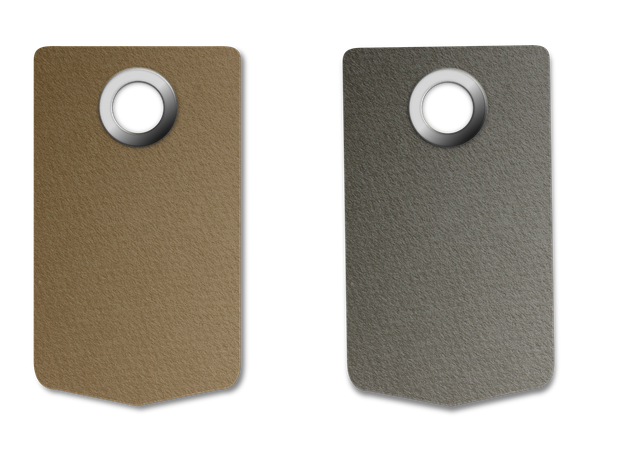Skin tags, common growths on hands and feet, are harmless but can cause discomfort. UK skin tag removal clinics offer safe, effective solutions using advanced techniques and sterile equipment. A qualified practitioner conducts a consultation, assesses tags, and recommends methods like cryotherapy or laser treatment. Post-removal care involves keeping the area clean, dry, and avoiding strenuous activities for several days. Skin tag removal is generally painless with minimal downtime, allowing patients to resume normal activities quickly.
Looking for a painless and effective skin tag removal clinic UK? Skin tags, those small, harmless growths, can be unsightly and uncomfortable. Understanding their causes and types is the first step towards choosing the right treatment. This article explores the safety and efficacy of professional removal, provides a step-by-step guide to clinic visits, and offers insights into post-removal care and patient expectations in the UK. Discover how to bid farewell to skin tags once and for all.
- Understanding Skin Tags: Causes and Types
- The Safety and Efficacy of Professional Skin Tag Removal
- A Step-by-Step Guide to Clinic Visits for Skin Tag Disposition
- Post-Removal Care and Patient Expectations in the UK
Understanding Skin Tags: Causes and Types
Skin tags are small, soft skin growths that typically appear as small tags or loops of skin. They are generally harmless but can be a source of discomfort and self-consciousness for many individuals. Understanding their causes is essential when considering effective removal methods at a UK skin tag removal clinic.
There are several types of skin tags, with the most common being acral verrucae, which often occur on the hands and feet. They can also be found in areas where skin rubs against itself, such as the neck, armpits, or groin. Skin tags usually develop due to friction or trauma to the skin, making them more prevalent in these specific regions. Additionally, certain conditions like diabetes or obesity may increase the likelihood of developing skin tags.
The Safety and Efficacy of Professional Skin Tag Removal
Professional skin tag removal at a UK clinic offers a safe and effective solution for those seeking to eliminate these small, often harmless but unsightly growths. Many over-the-counter treatments are available, but they may not always be successful or can lead to irritation and discomfort. A qualified professional using advanced techniques ensures precise removal with minimal risk of scarring or infection.
Clinics in the UK adhere to strict hygiene standards and use sterile equipment to minimise any potential complications. With expert care, skin tags can be removed quickly and comfortably, leaving your skin smooth and tag-free. This professional approach is particularly beneficial for individuals with numerous skin tags or those in areas where removal is more complex, ensuring a tailored and safe treatment experience.
A Step-by-Step Guide to Clinic Visits for Skin Tag Disposition
When visiting a skin tag removal clinic UK, here’s what to expect in a step-by-step guide:
1. Consultation: Start with a detailed consultation where a qualified practitioner examines your skin tags and discusses your treatment options. They’ll consider factors like size, number, location, and your medical history to recommend the most suitable procedure for you. Be prepared to describe any concerns or questions you have about the removal process.
2. Treatment Selection: Based on the consultation, you’ll be guided through the available skin tag removal methods. Common options include cryotherapy (freezing), surgical excision, laser treatment, or a combination of these. The practitioner will explain the pros and cons of each, helping you make an informed decision. They might also provide estimates for different treatments to help you choose what works best within your budget.
Post-Removal Care and Patient Expectations in the UK
After skin tag removal at a UK clinic, proper post-care is essential to ensure optimal healing and prevent complications. Patients should be advised to keep the treated area clean and dry, avoiding strenuous activities or heavy sweating for a few days. A gentle cleanser and cool compresses can aid in soothing the skin while promoting healing. It’s crucial to inform patients about potential side effects like mild redness, swelling, or itching, which are usually temporary. They should also be instructed not to scratch or pick at the area, as this may cause infection.
Patient expectations play a significant role in their satisfaction with the procedure. Clinics should clearly communicate that skin tag removal is generally painless, with minimal downtime. Most patients can resume their normal activities soon after, but it’s essential to advise them against exposing the treated area to extreme conditions, such as harsh weather or prolonged sun exposure, for a week or so. Additionally, providing detailed aftercare instructions and scheduling follow-up appointments ensures patient confidence and allows the clinic to address any concerns promptly, further enhancing the overall experience for skin tag removal in the UK.
If you’re seeking a painless and effective skin tag removal clinic UK, professional treatment is the best course of action. Understanding the causes and types of skin tags, coupled with knowing the safety and efficacy of expert removal methods, empowers you to make an informed decision. By following a step-by-step guide for clinic visits and understanding post-removal care, you can expect a smooth process. Trusting experienced professionals ensures your comfort and provides lasting results, allowing you to bid farewell to unsightly skin tags once and for all.
